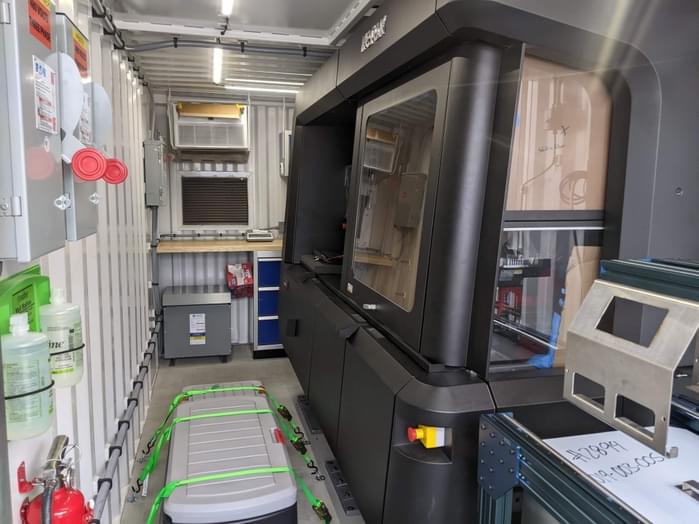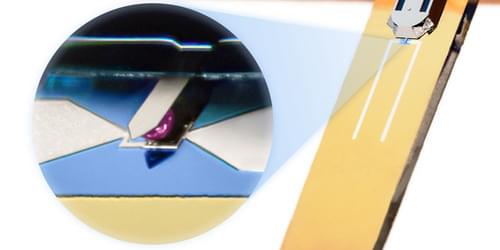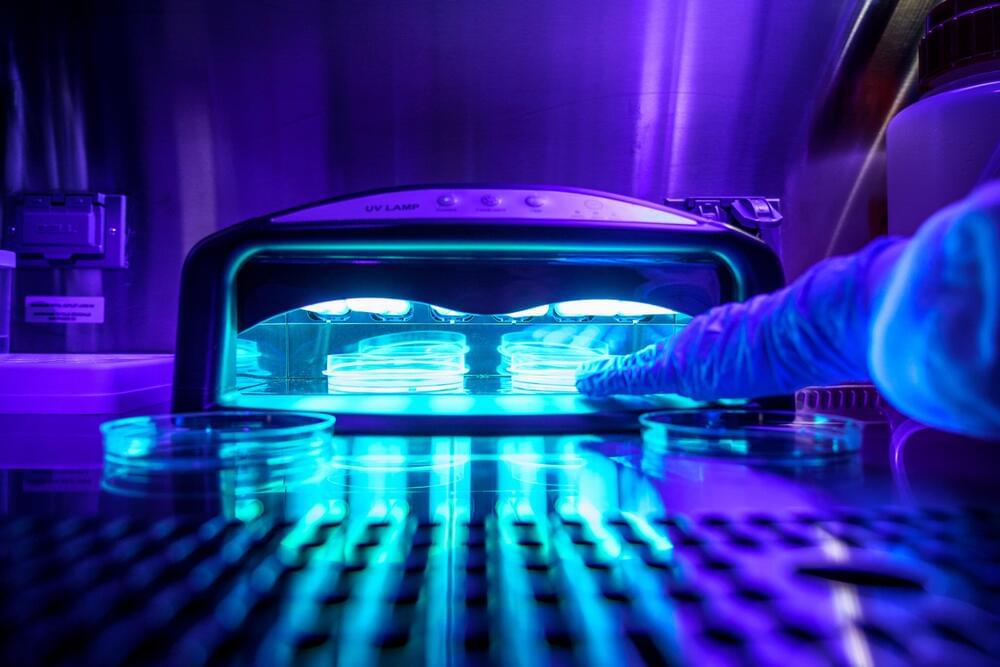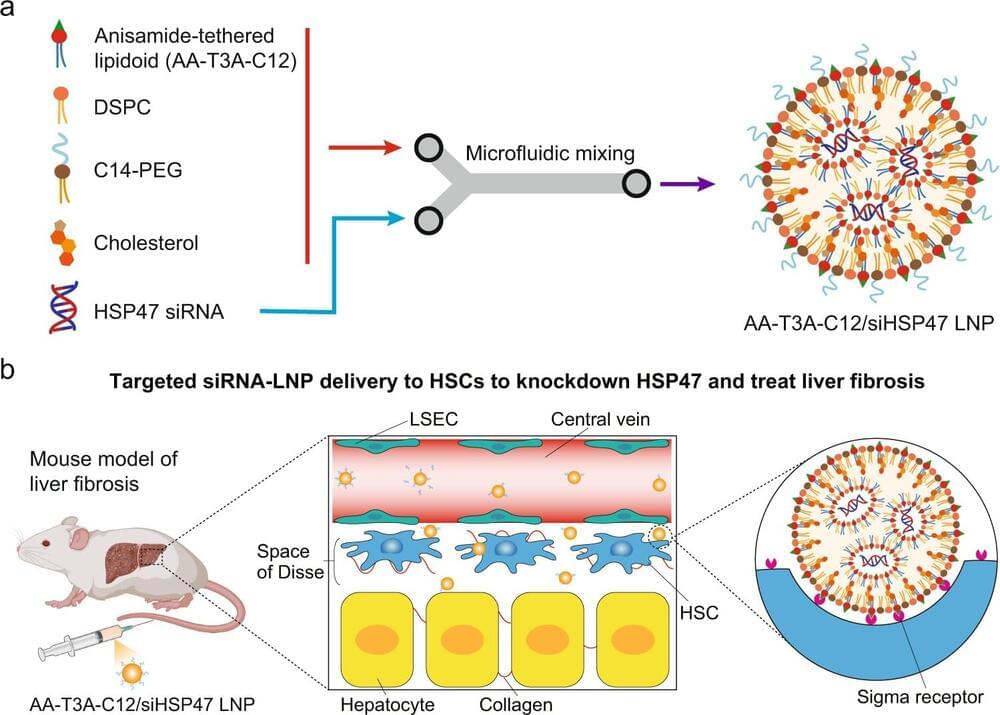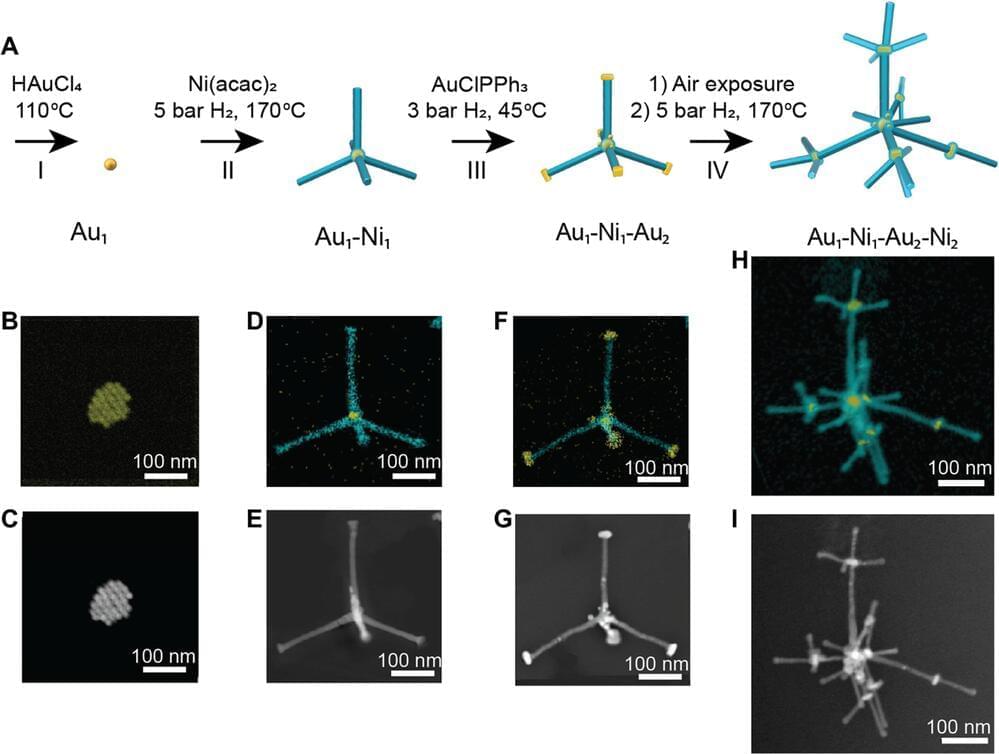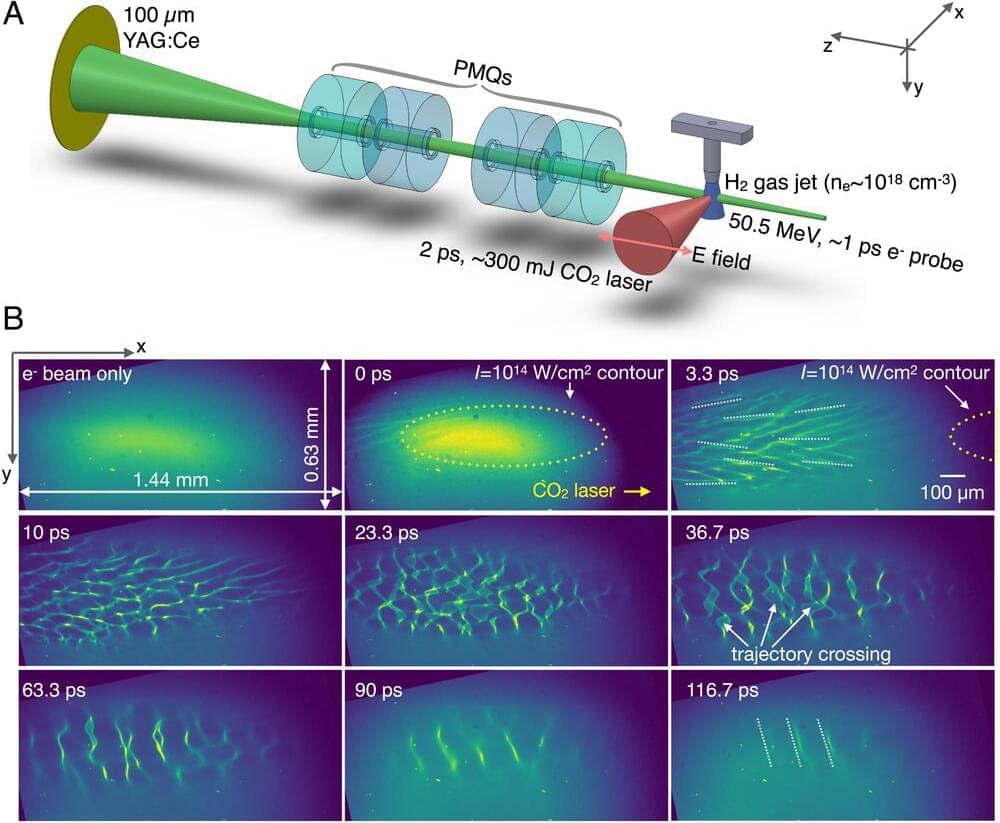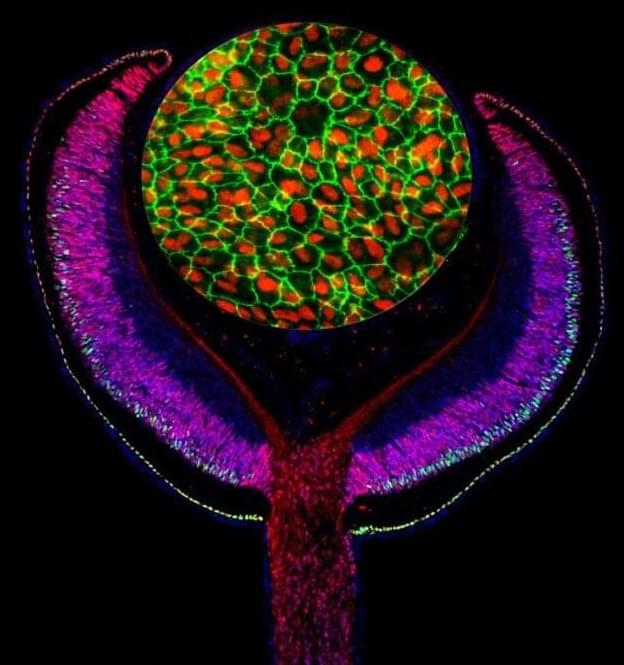Xerox® Elem™ Additive Solutions today announced that an ElemX liquid metal printer was recently installed on board USS Essex (LHD 2), making it the first metal additive manufacturing machine deployed on a U.S. Naval vessel.
The ElemX was placed on the ship earlier this month in Pearl Harbor, Hawaii, with at-sea trials beginning immediately. The installation is the latest step in the U.S. Navy’s strategy of using additive manufacturing (AM) to increase operational readiness for the fleet. It also builds on the relationship between the U.S. Navy and Xerox Elem Additive that began with the Naval Postgraduate School in Monterey, California receiving the first-ever installation of the ElemX in 2020.
“The military supply chain is among the most complex in the world and putting the ElemX on USS Essex means that sailors can now bypass that complexity and print parts when and where they need them,” said Tali Rosman, GM of Elem Additive. “We are proud to continue our partnership with the Navy to help them advance their additive manufacturing capabilities and execute their long-term vision.”
